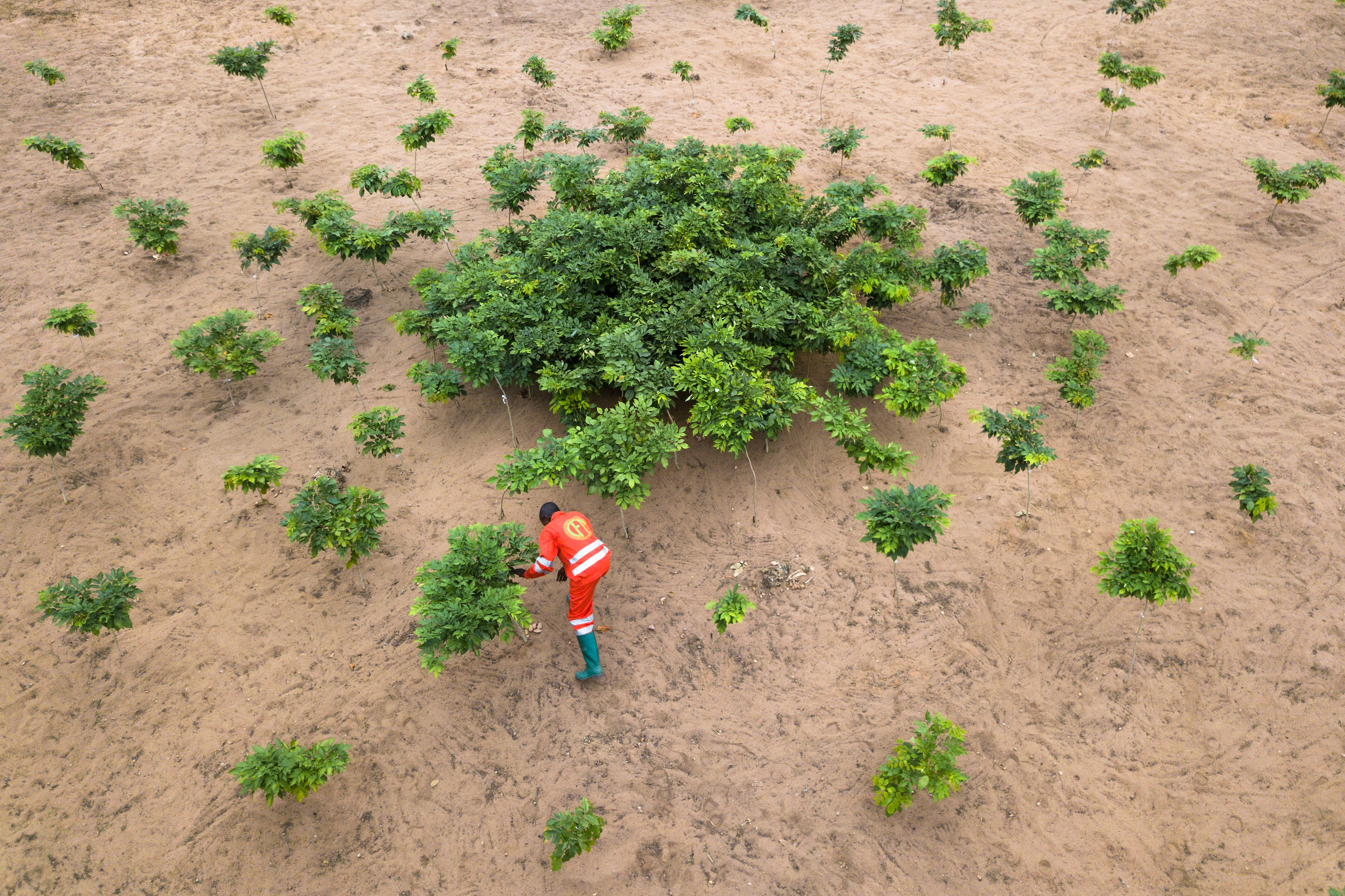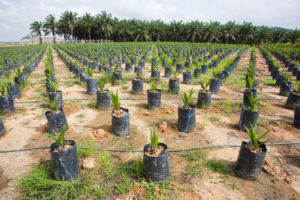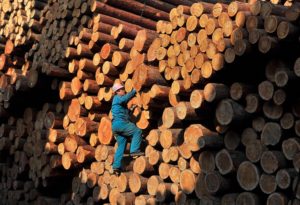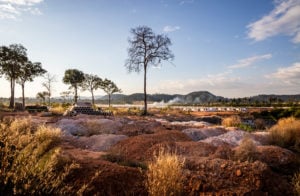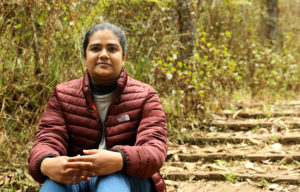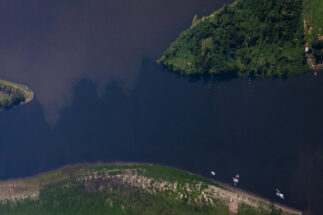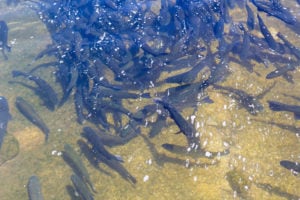When an international team of scientists announced in 2019 the potential of restoring forests to slow climate change, the world grabbed shovels. Tree-planting initiatives sprang up from Ethiopia to Nepal, spurred by corporations eager to sponsor them. Combined with projects already in the works, the planters included villagers in Indonesia, drones dropping mangrove saplings in Myanmar, and dogs scattering seeds in Chile. Their efforts have coalesced under a collective goal to plant one trillion trees by 2030.
The 1t.org initiative, launched in 2020 by the World Economic Forum, joins Trillion Trees and other plans in upping the ante from the 2006 Billion Tree campaign. Today’s reforestation fervour reflects growing global anxiety over our warming world. Glaciers are melting, sea levels are rising, storms are becoming more extreme, and forest fires more frequent and hotter. The proffered solution, outlined in eloquent simplicity by the team of researchers in their study published in Science, is compelling. Planting 900 million hectares of forest on degraded land, around a trillion trees, has the potential to store an equivalent of 25% of the current atmospheric carbon pool – enough to help keep the world under the 1.5C temperature increase called for in the 2015 Paris Agreement.
Despite the enthusiasm, achieving this goal is anything but simple. In some cases, reforestation could do more harm than good: poorly planned and hastily executed projects may increase greenhouse gas releases and harm people and biodiversity. Much can be learnt from the mistakes and successes of the past. They show the crucial importance of choosing the right plants for the right location – increasingly difficult as the planet warms – and ensuring local communities are at the centre of programs to plant and care for the growing forests.
Learning from the past, protecting what we have
Climate change is the latest global crisis to spur massive reforestation efforts. Intense fighting during the first world war left the landscape of northeastern France so devastated that to pilots overflying it resembled a moonscape. After the war, the government planted 36 million trees in what came to be known as the Verdun forest. Today, these stands support a variety of plants, including rare orchids, newts and frogs, among them yellow-bellied toads, which are protected by EU law.
Not all post-war plantings were as beneficial. After the second world war, the Japanese government mounted an ambitious tree-planting effort to protect the nation’s steep hillsides from landslides and restock its primary building material, badly depleted by the war. They chose two native conifers, replacing – and in some cases cutting down – broadleaf native trees with fast-growing evergreens. The forests that eventually blanketed nearly half of Japan’s total timbered area formed an environment all but devoid of biodiversity.
Protecting existing forests is a primary goal of reforestation campaigns, says Nicole Schwab, co-director of 1t.org, the World Economic Forum’s trillion trees platform. Half the trees that once covered the planet since the start of civilization have been lost, mostly to the expansion of agriculture. Between 2014 and 2018, old-growth tropical forests were destroyed at an average annual rate of 860,000 hectares; tropical deforestation has accelerated by 44% in the last decade. This means huge carbon emissions.
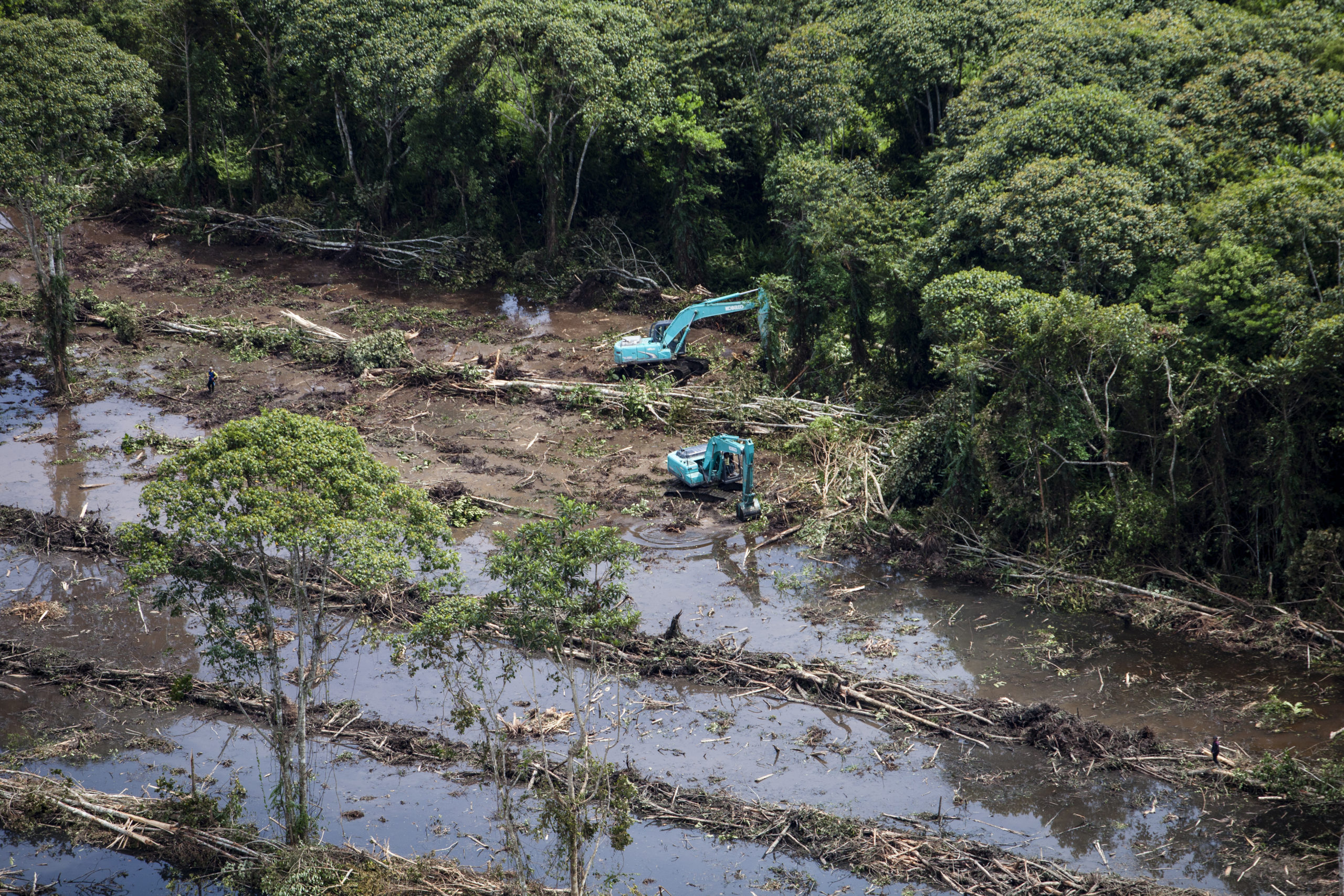
The mantra of 1t.org, “conserve, restore, grow,” is backed up by governments around the world committed to conserving the forests they have, and by a growing number of companies. “It’s not about planting, it’s about growing,” Schwab said. Ultimately those country pledges come down to political will.
In Brazil, the government began aggressively expanding its conservation programmes in 2002. Some parks and wilderness areas were put under protection and given greater resources for enforcement. Other regions were handed over to indigenous people to manage. The result was an 80% reduction in deforestation from 2004 to 2019. Then, Jair Bolsonaro took office in January 2019, and in the year that followed scientists documented over a million hectares of forest loss in Brazil, the highest rate since 2008.
Halting deforestation is critical. But the IPCC’s calculations for limiting warming to 1.5C also depend on restoring tree coverage across those 900 million hectares of degraded land mentioned earlier. Done properly, reforestation could store 205 gigatonnes of carbon, according to the authors of the Science study.
Despite great enthusiasm for planting trees at national, state and local levels, some projects are proceeding without the commitment to science required for long-term success.
Even when tree planting is taken up in the most appropriate way… there is a critical need to stop mindless destruction of forests.Leo F. Saldanha, Coalition for Environmental Justice
In Karnataka, southwest India, local conservationists have opposed a plan to plant two billion trees in the Cauvery River basin. Such a monoculture would dry up streams and destroy already threatened habitat, they say. “Even when tree planting is taken up in the most appropriate way… there is a critical need to stop mindless destruction of forests and watersheds of the Cauvery, which is taking place extensively… in the name of ‘development,’” said Leo F. Saldanha, writing for the Coalition for Environmental Justice in India.
Along with Japan after the second world war, there are other precedents for monoculturist mistakes. For over a century, vast swaths of the American West have been planted, often with just one species, in 12-foot (3.6-metre) rows that look and grow more like corn than the species-rich, spatially diverse forests they replace. The damage goes beyond the loss of wildlife that thrive in the native mixed-conifer stands. There’s growing evidence that monoculture plantations may contribute to some of the extreme fire behaviour the West has seen in recent years, said Malcolm North, a US Forest Service research scientist. The 2013 Rim fire, for example, burned through 25-year-old Ponderosa pine stands in a reforestation project designed by Forest Service officials. These young, same-age, same-species trees are highly flammable, North said, and contributed to the conditions that caused the blaze to explode over two days, eventually blackening 104,000 hectares.
Today, American Forests, a US-based forest conservation organisation, is treating every reforestation project as a learning lab – integrating the science about how the climate is changing, what makes tree species resilient, and how best to distribute them over a given area.
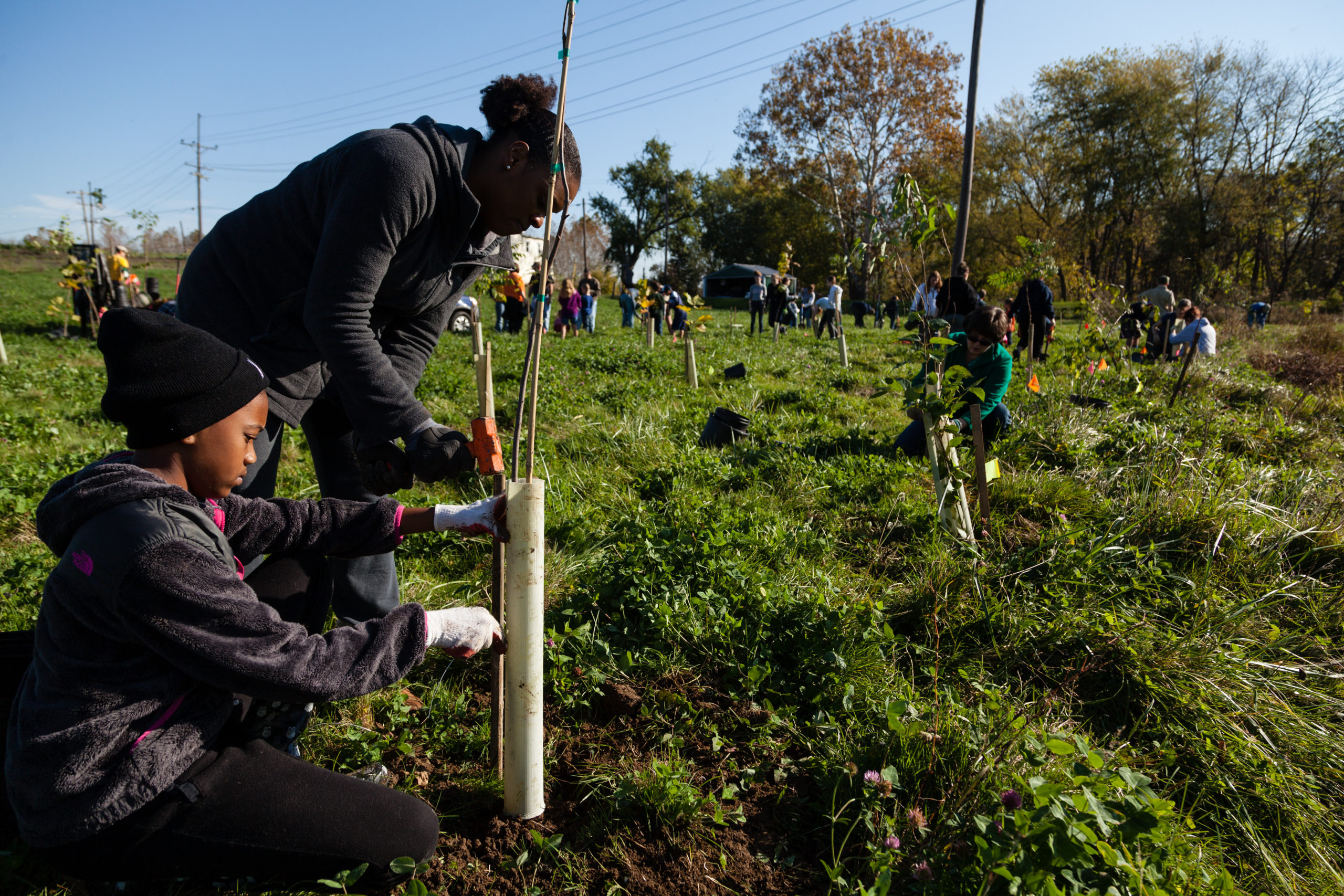
According to Jad Daley, president and CEO of American Forests, we are at a unique moment of hope and empowerment that demands on-the-ground science, indigenous knowledge and long-term commitment to counter the paralysing fear of climate change.
“If we do it right – if we pick the right places and get the scientific details right – we can replant forests that simultaneously address our climate crisis, our biodiversity crisis and our water crisis,” said Daley, who also co-leads the US chapter of 1t.org.
Putting communities at the heart of reforestation
Reforesters around the world have been learning from their mistakes. Take China as an example. Few conservation campaigns have generated as much enthusiasm as China’s Great Green Wall program when it was launched in 1978. The goal was to reforest 35 million hectares, an area the size of Germany, to help reduce seasonal sandstorms sweeping out of the Gobi Desert. But, within 25 years, most of the trees were dead or dying. “They didn’t know any better,” Hou Yuanzhou, a forestry expert, told China Dialogue in a 2014 interview. “Nobody knew how to plant a shelterbelt, and if anyone did know, nobody would listen to them.”
The plants were cut from quick-growing poplar and were soon riddled with Asian long-horn beetles feasting on their soft pulp. Planting continued despite losses as great as half of what went into the ground. Yet the project did have some success. Since 1978, forest coverage has officially increased from 12% to almost 22%, making China a world leader in converting bare land into forest. With a little more knowledge and long-term thinking, however, the rewards would have been even greater, with greater sandstorm prevention, carbon storage and habitat.
Today, China promises to do just that, through projects inlcuding the Millennium Forest project, endorsed by President Xi Jinping, which mixes more than 100 types of trees in a plan to cover 40% of the Xiong’an New Area near Beijing by 2035. Such biodiverse forests can hold 32 tons of carbon per hectare, nearly three times the storage of a comparable monoculture stand. China alone has accounted for 25% of the global increase in leaf area since 2000, despite representing just 6.6% of the world’s vegetated land. About half of that is from an increase in forests, with a third due to more cropland.

The main measure for success of any reforestation project is whether the trees survive in the long term. This depends on support from local communities. One locally driven project in Madagascar could provide a model. Since 2002, the oldest island in the world has lost about one-fifth of its tree cover, primarily to expanding agriculture. The village of Andasibe, three hours east of the country’s capital, contains an especially rich assemblage of endemic species that has made it a popular tourist destination. In 1999, a union of local wildlife guides formed Mitsinjo, an association dedicated to tapping into this biodiversity to benefit both economic and ecosystem resilience. Mitsinjo began training local people as nature tourism guides. Those with particular knowledge of forests are assisting visiting scientists from all over the world. Some are former lemur hunters who now use their skills to protect these endangered species, said Rainer Dolch, a Mitsinjo spokesman. School kids are planting trees in logged areas. The association has also helped protect 10,000 hectares of the greatest conservation importance. These projects are providing direct and indirect income to several hundred families for activities that conserve forests and their wildlife, Dolch added.
While the future of Mitsinjo is not assured, its potential to succeed lies in the participation of local communities. “Earning the trust of local communities and not letting them down is probably the most important prerequisite for successful community-based natural resource management,” said Dolch.
Like Madagascar’s pioneering project, the potential of worldwide reforestation to reduce carbon emissions is promising but precarious. Monoculture planting is still the norm throughout the American West and beyond. Old-growth stands continue to fall to chainsaws in Brazil and beyond. The talents and investment of communities in local forests continue to be ignored. Trees – even planting a trillion of them – will not stop climate change, but we won’t reach our climate and biodiversity objectives without them. The recent attention to conserving old-growth forests and planting new ones may indicate a shift in focus that allows trees to play their natural role as anchors of ecosystems and ecosystem services. That shift in our mindset is what will save us, said Schwab. “It’s just a matter of will – and courage.”
